This Muscadine Jelly is made with homemade apple pectin instead of boxed commercial pectin.
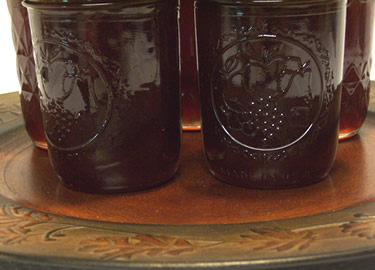
I’ve been looking for ways to use the Apple Jelly pectin I made a few weeks ago. So, I got some muscadine grapes from the farmer’s market and decided to use the grapes and some of the apple pectin to make grape jelly.
What are muscadines?
Muscadines are large grapes, with large seeds and a stronger flavor. They are commonly found in the South.
I planted a muscadine vine in my backyard, and it’s growing very nicely.
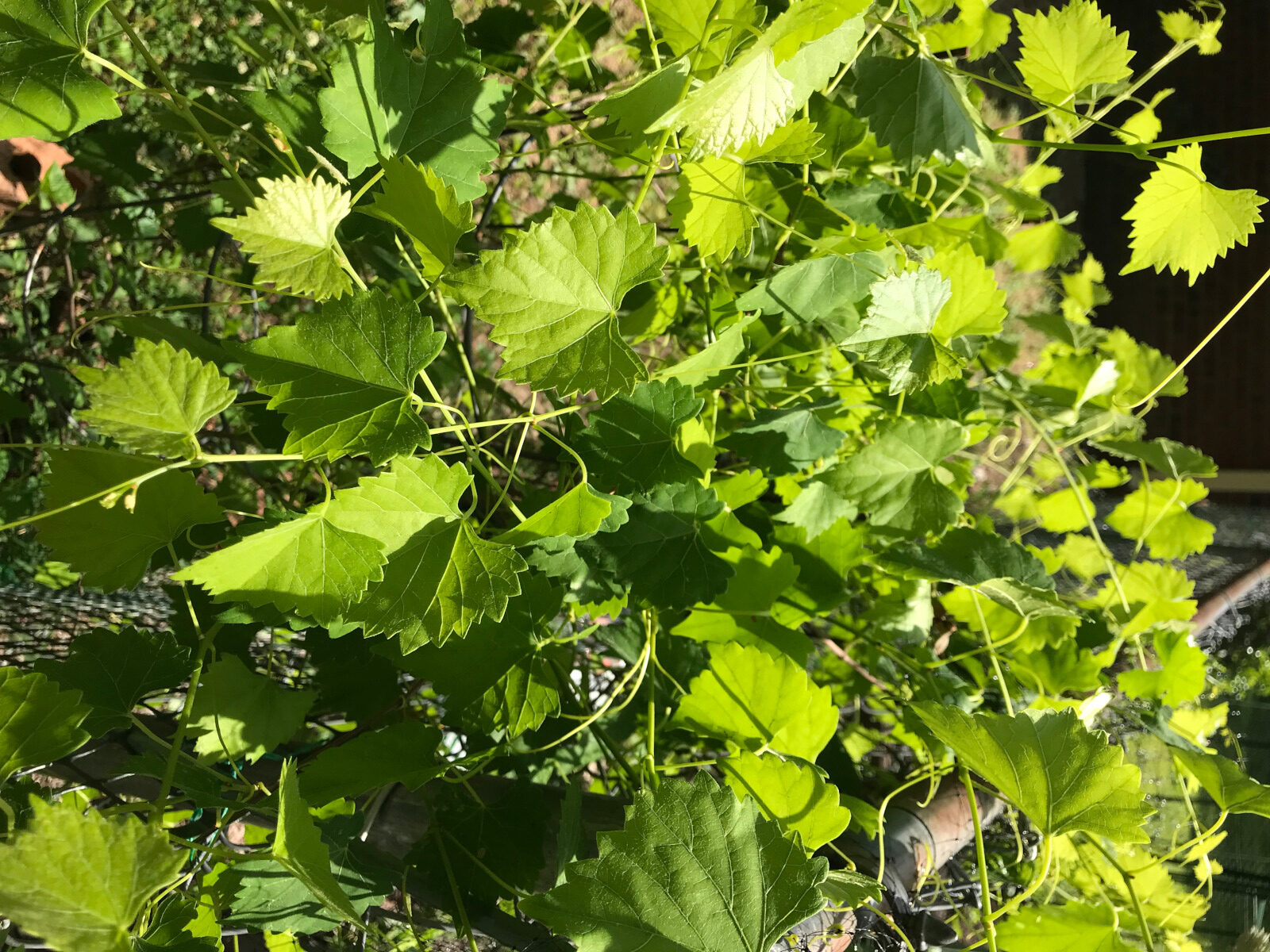
I look forward to being able to walk in my backyard and pick grapes; however, the vine isn’t producing fruit yet so for this jam, I used grapes from the market.
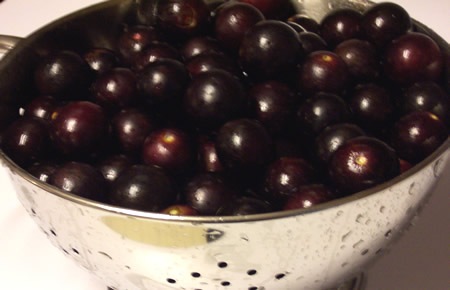
THIS POST MAY CONTAIN AFFILIATE LINKS. FOR MORE INFORMATION, PLEASE VISIT THE PRIVACY POLICY PAGE.
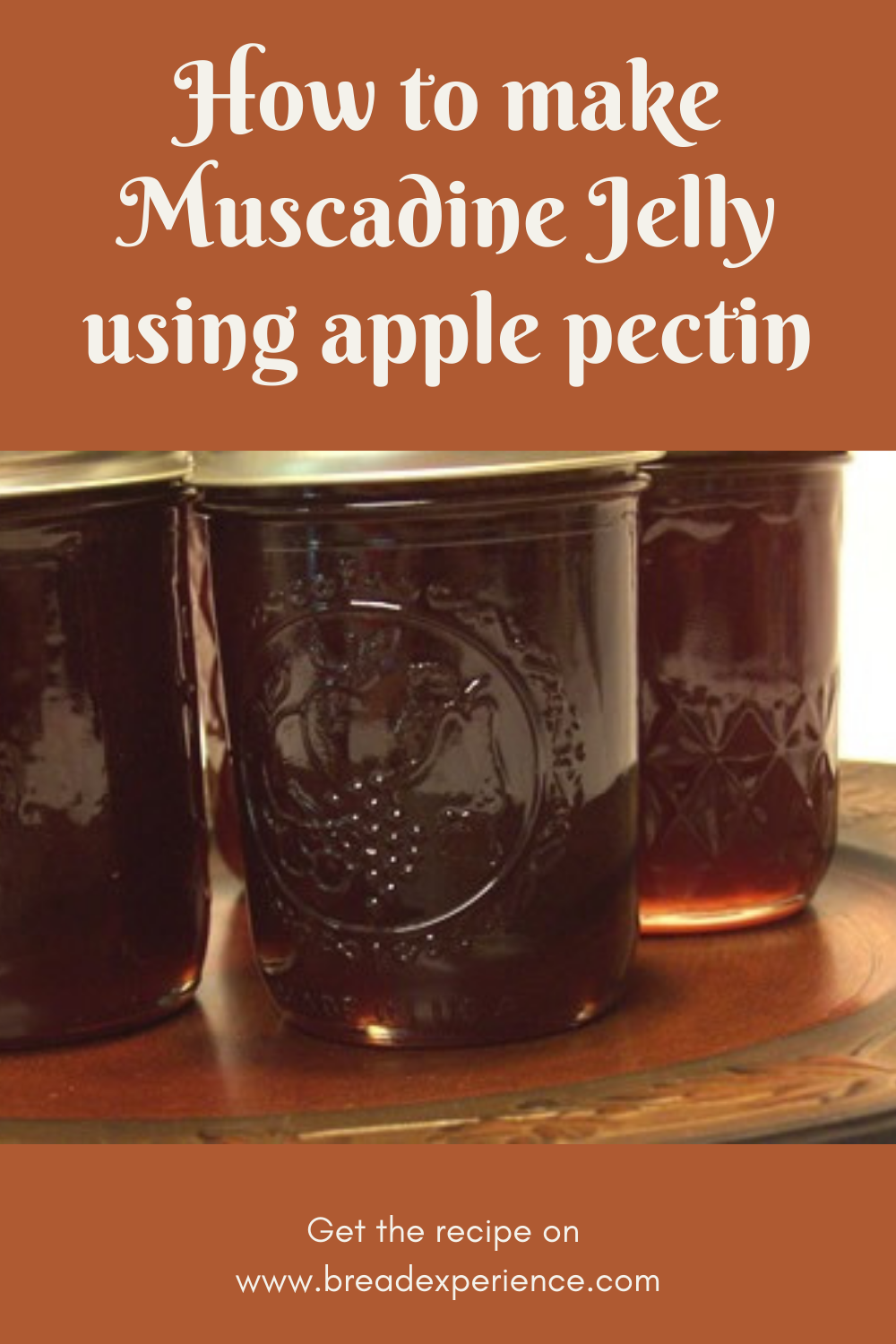
How to Make Homemade Muscadine Jelly using Apple Pectin
Makes about Five 8 oz. Jars
Ingredients:
5 lbs. fresh Muscadine Grapes
8 ounces homemade Apple Jelly pectin (or 1 Pouch Liquid Pectin)
7 cups of dry granulated sugar
Directions:
Wash the muscadines in cold water and pick out any stems and leaves.
Then crush them up. I started out using a potato masher to crush them, but opted for the easy route and used my food processor.
Then I finished the job with my potato masher. What ever method you want to use to mash them is fine, you’ll just need about 6 cups of juice.
Put the crushed muscadines in a big pot on the stove and heat over medium to high heat until it starts to boil, then reduce the heat and simmer for 10 minutes. Stir often to prevent burning. This will help release the juice and break down some of the fruit.
At this point, you can put the cooked muscadines through a jelly strainer or pour them through a cheese cloth. I opted to use my new favorite tool – a chinois.
A chinois is a funnel-shaped sieve that fits inside a three-pronged stand. You place the fruit pulp in the top of the funnel and using the wooden tool, press the jelly through the sieve. It conveniently drips to a bowl placed underneath. This handy gadget makes the jelly-making process much easier.
You can also use some wet cheesecloth in the strainer to make sure it’s strained. Since I had already run it through the chinios, I didn’t think this was necessary.
Next, in a large, deep stainless steel pan, combine the muscadine juice and sugar and heat it on medium-high heat until it reaches a full rolling boil (the kind that cannot be stirred down).
Add the pectin. You can use a pouch of liquid pectin (or boxed pectin) for this part, but I used some of the homemade apple pectin I made a few weeks ago instead.
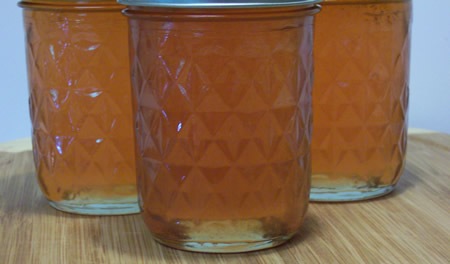
I plopped the apple jelly pectin into the pot and brought the mixture back to a full rolling boil and let it boil hard for 1 minute.
To ensure the jelly had reached the gel stage, I kept a metal spoon in a bowl of ice water. I took a half spoonful of the mixture and let it cool to room temperature on the spoon to check for thickness.
Note: The instructions on the original recipe suggest that if you don’t get a good gel the first time, you can add more pectin. Or, you can just have a little bit runny jelly if you don’t want to add more pectin.
After gel sets, pour the jelly into the prepared jars, leaving 1/4 inch headspace. Then, wipe the rims clean to ensure a good seal, and center the lids on the jars.
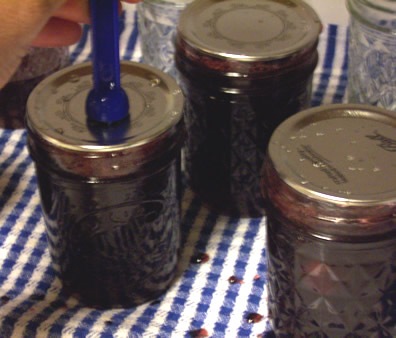
Add the rings and process the jars for 10 minutes using the water-bath canning method. If you live in a higher altitude or need more detailed instructions on water-bath canning, please refer to the instructions at the National Center for Home Preservation
Once the jars process for 10 minutes, remove the canner lid, wait 5 minutes, and remove the jars to the counter. Set aside for 24 hours to allow the gel to set. Listen for all of the tops to pop, pop, pop.
Even if you hear the jars pop, it’s best to check all of the seals to make sure they sealed properly. If any of the jars didn’t seal properly, you can reseal the jars, or place them in the refrigerator and consume within a few days.
Jars that are sealed properly can be stored in a cool, dark place for up to 1 year.
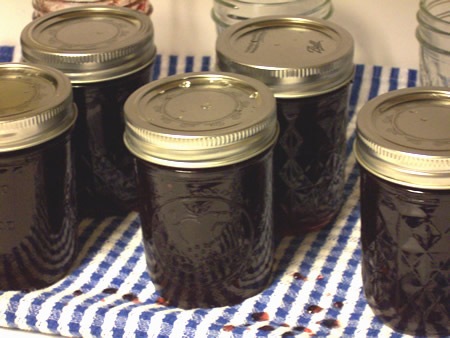
THIS POST MAY CONTAIN AFFILIATE LINKS. FOR MORE INFORMATION, PLEASE VISIT THE PRIVACY POLICY PAGE.
Some resources I use for canning and jam making
- Ball Canning Back to Basics
- The Complete Book of Small-Batch Preserving
- Keeping The Harvest: Discover the Homegrown Goodness of Putting Up Your Own Fruits, Vegetables and Herbs
- National Center for Home Preservation
Happy Canning!
Cathy
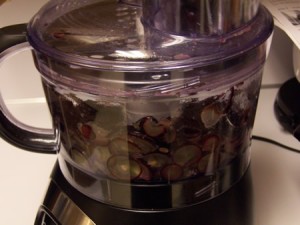
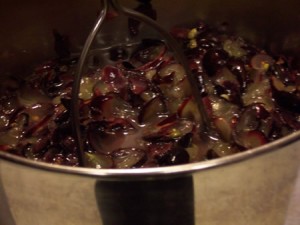
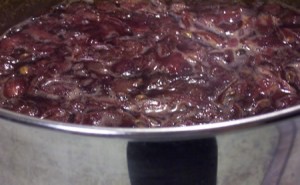
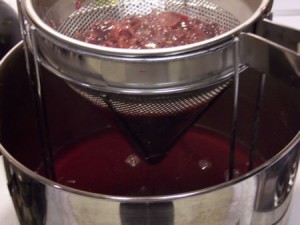
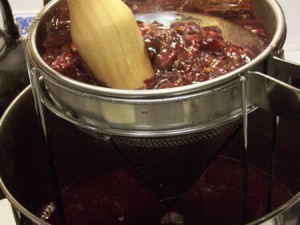
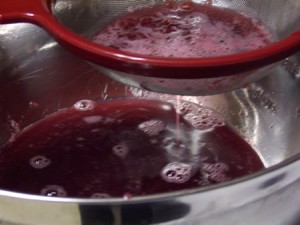

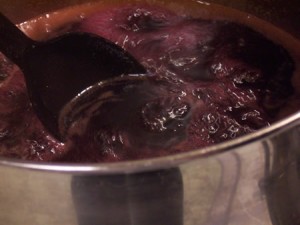
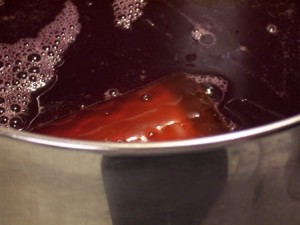
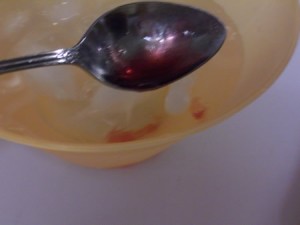
Leave a Reply